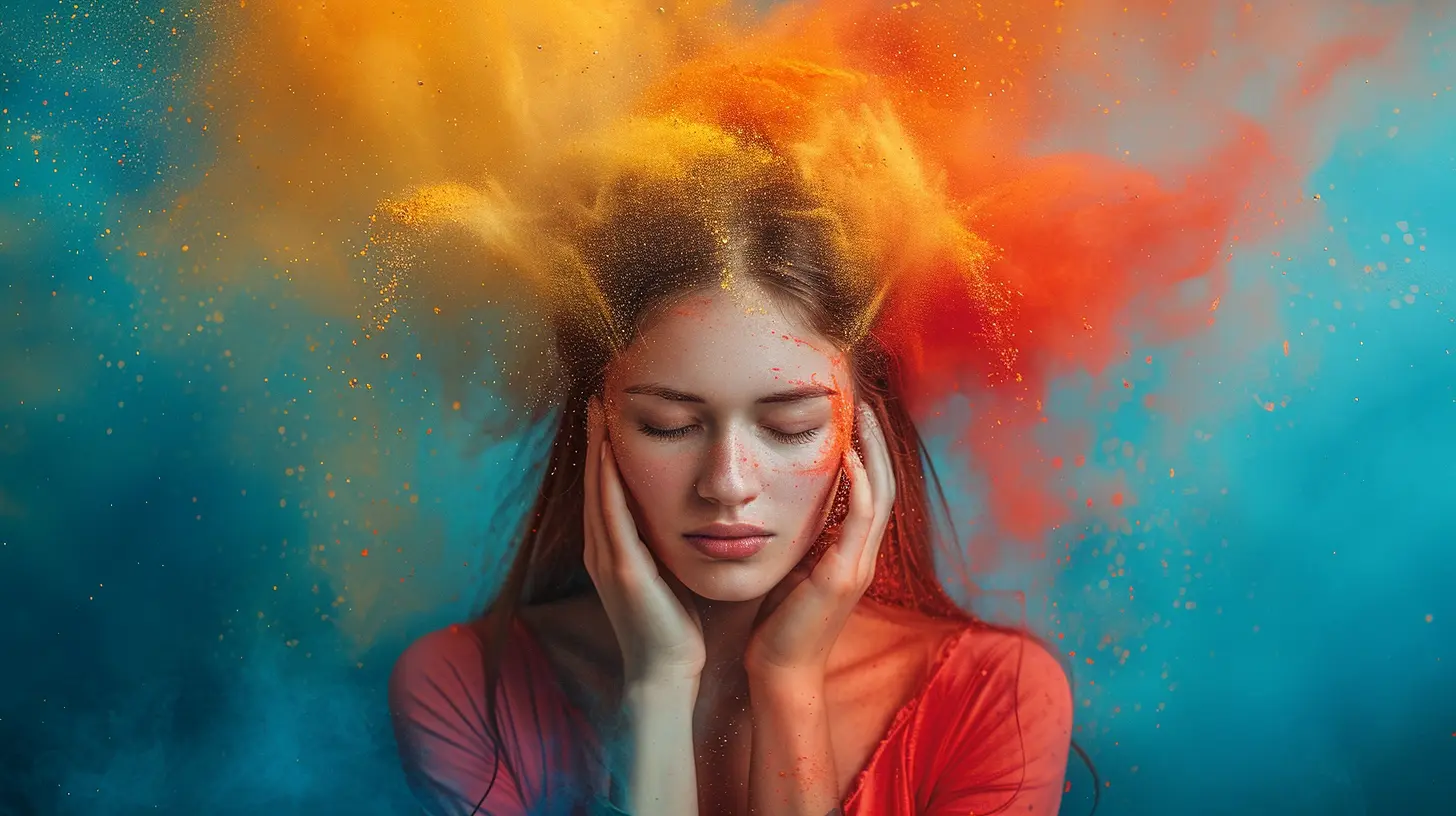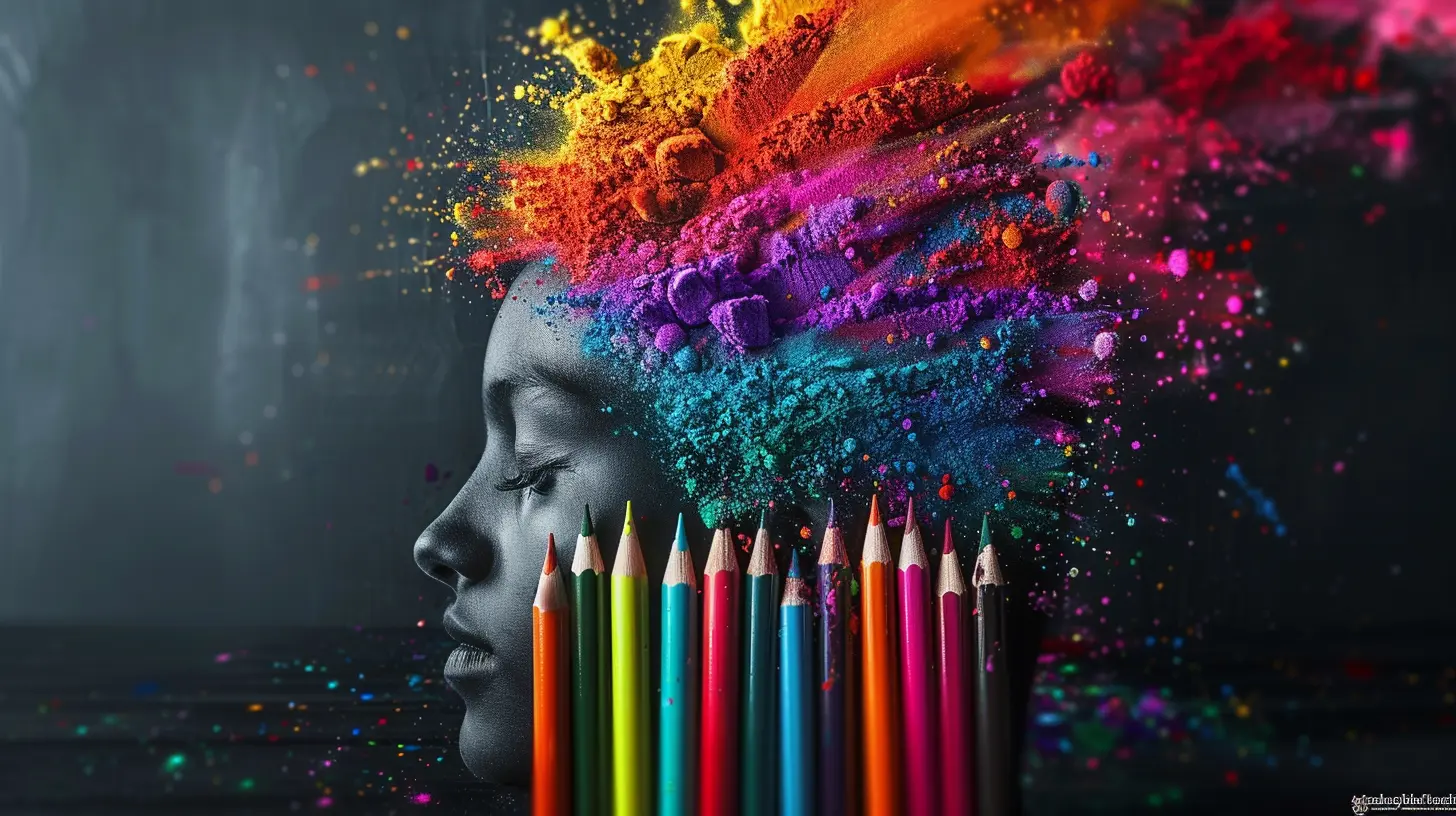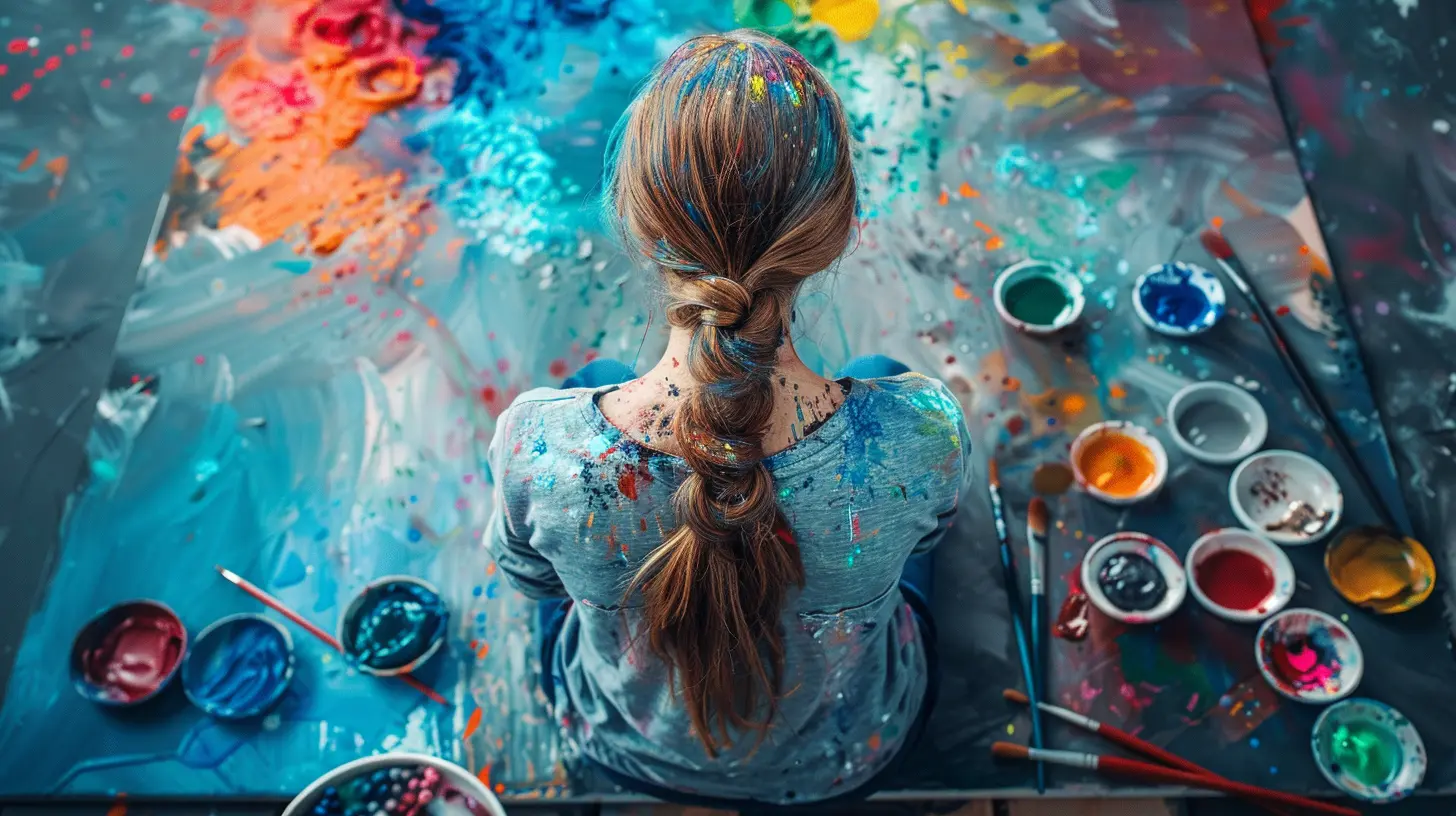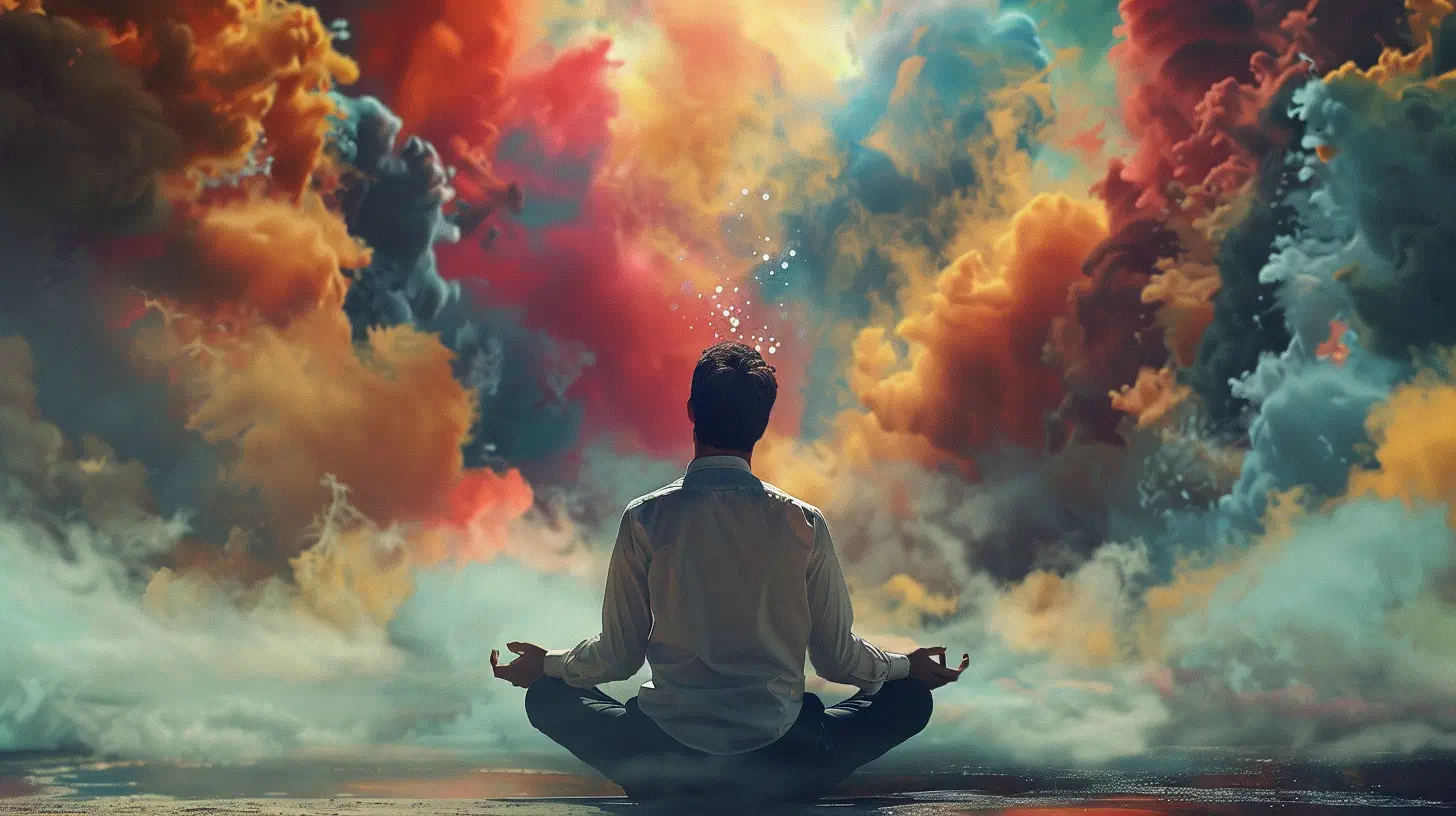The Connection Between Creativity and Stress Relief
31 July 2025
We all experience stress—it's just part of life. Whether it's work deadlines, family responsibilities, or simply the chaos of everyday life, stress can creep up when we least expect it. But what if I told you that the key to managing stress is already within you? Yep, I’m talking about creativity.
If you've ever lost yourself in painting, writing, or even doodling on a napkin, you've probably felt a wave of calm wash over you. That’s no coincidence! Creativity and stress relief go hand in hand, and today, we’re diving deep into why engaging in creative activities can be your secret weapon against stress.

Why Does Stress Take Such a Toll?
Before we get into the magic of creativity, let’s quickly touch on why stress is such a monster.When you're stressed, your body goes into fight-or-flight mode. That means your brain signals the release of cortisol (the stress hormone), which increases your heart rate, tenses your muscles, and makes you feel on edge. While this reaction is great if you're, say, running from a bear, it’s not so great when you're just trying to meet a deadline or deal with traffic.
Chronic stress can lead to:
- Anxiety and depression
- Sleep disturbances
- High blood pressure
- A weakened immune system
In short, too much stress doesn’t just mess with your mood—it messes with your whole body.

The Creativity-Stress Connection
Now, here’s the good news: engaging in creative activities can significantly reduce stress levels. But how? Let’s break it down.1. Creativity Puts You in a Flow State
Ever heard of “flow”? It’s that magical state where you’re fully immersed in an activity, losing track of time and forgetting all your worries. Artists, writers, and musicians experience it all the time.When you're in flow:
- Your mind shifts away from stressors
- You focus deeply on the present moment
- Your brain releases dopamine, the "feel-good" chemical
This state isn’t just enjoyable—it’s therapeutic. It helps quiet the overactive mind and drowns out negative thoughts, giving you breathing room from stress.
2. Creativity Allows Emotional Release
Stress often builds up when we bottle up our emotions. But creative activities—whether it's painting, sculpting, or journaling—give us a safe outlet to express what words can’t always capture.Think about it:
- Writing in a journal can help you process and release emotions
- Painting can channel frustration into something beautiful
- Playing an instrument can help release tension
Creativity is like a pressure valve for your emotions—it lets you express what’s inside without judgment.
3. The Mindfulness Effect
Activities like coloring, knitting, and pottery share something in common: they require focus and repetition. This naturally promotes mindfulness, a practice that’s been shown to lower stress and anxiety.When you're focused on a creative task, you’re fully present. You’re not worrying about the past or the future—you’re just in the moment, moving the brush, shaping the clay, or strumming the guitar.
4. Creativity Reduces Cortisol Levels
Studies have confirmed that engaging in creative activities reduces cortisol levels. A 2016 study found that just 45 minutes of art-making significantly lowered stress hormones—regardless of skill level.So no, you don’t need to be Van Gogh to benefit from creativity. The act of creating is what matters, not the final product.
5. A Boost in Self-Esteem and Confidence
Stress makes us feel out of control, but creativity gives us something we can control. Whether it’s finishing a painting, writing a poem, or even completing a DIY project, creative accomplishments boost self-esteem and give us a sense of achievement.When you're proud of something you’ve created, it builds confidence, which in turn helps you handle stress better.

Easy Ways to Tap Into Creativity for Stress Relief
Alright, so we know creativity is a stress-buster—but maybe you’re thinking, "I’m not creative!" Well, guess what? Everyone is creative. You just have to find the right outlet. Here are some fun and easy ways to add creativity into your life:✏️ 1. Journaling
Writing down your thoughts, feelings, or even random ideas can clear your mind and help process emotions. If you don’t know where to start, try gratitude journaling—writing down three things you’re grateful for each day.🎨 2. Painting or Drawing
No, you don’t have to be an artist. Just grab some paints, markers, or colored pencils and start doodling. Adult coloring books have also been shown to have a calming effect similar to meditation.🎶 3. Playing an Instrument
Music is a powerful stress reliever. If you play an instrument, set aside some time to play purely for fun. Don’t play? Try singing along to your favorite songs—it's surprisingly therapeutic!🧶 4. Crafting and DIY
Knitting, crocheting, woodworking, or even making homemade candles can be deeply relaxing. The repetitive motions help calm the mind, similar to meditation.📝 5. Creative Writing
Writing poetry, short stories, or even silly rhymes can be a great way to redirect stress into something beautiful. Even if no one ever reads it, it's a great mental detox.📸 6. Photography
You don’t need a fancy camera—just go out with your phone and capture what inspires you. Nature photography, in particular, is a double stress-buster since you’re combining creativity with the calming effects of the outdoors.🎭 7. Dancing
Dancing (even if you’re just alone in your room) is one of the best ways to release built-up tension. Moving your body creatively helps release endorphins, and let’s be honest—it’s just fun.
Make It a Habit
The key to unlocking creativity’s full stress-relief power is consistency. It doesn’t have to be a huge time commitment—even just 15–30 minutes a few times a week can make a difference.Make it easy on yourself:
✅ Keep a journal nearby
✅ Set up a small creative space at home
✅ Join a creative class or online group for motivation
✅ Schedule creative time—just like you would a workout
Remember, creativity isn’t about perfection. It’s about expression, emotion, and enjoyment.
Final Thoughts
Stress is inevitable—but how we handle it makes all the difference. Engaging in creative activities isn’t just fun; it’s a powerful way to calm the mind, boost mood, and improve overall well-being. Whether it's painting, writing, or simply doodling in a notebook, creativity allows us to process emotions, enter a flow state, and promote relaxation.So, the next time stress starts creeping in, grab a paintbrush, pick up a pen, or dance like nobody's watching. Your mind (and body) will thank you.
all images in this post were generated using AI tools
Category:
Stress ReliefAuthor:

Jackson Mahoney
Discussion
rate this article
1 comments
Romina Heath
This article beautifully highlights the powerful link between creativity and stress relief. Engaging in creative activities not only fosters self-expression but also serves as a therapeutic outlet, helping to reduce anxiety and enhance overall well-being. A must-read!
August 21, 2025 at 2:25 AM

Jackson Mahoney
Thank you for your thoughtful comment! I'm glad you found the article insightful and important. Creative pursuits truly can be transformative for mental well-being.


